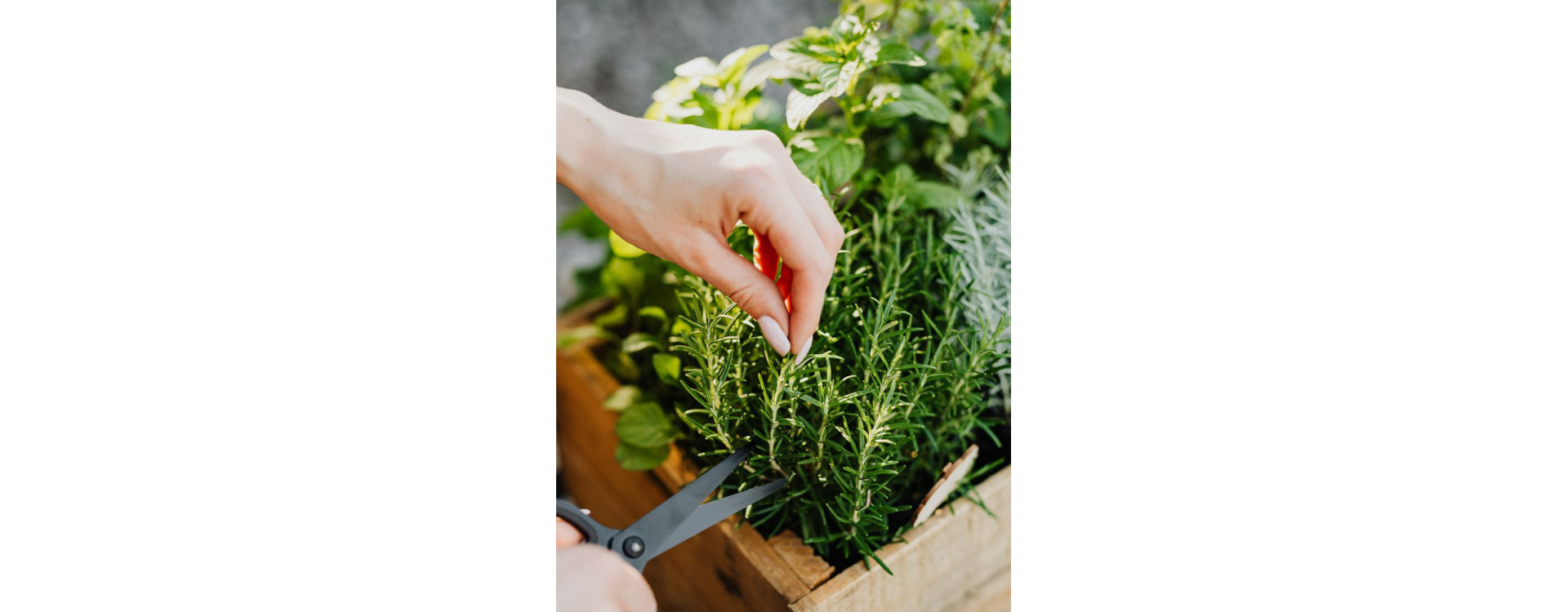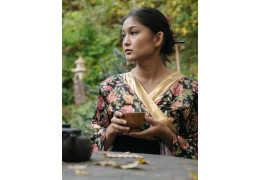
Understanding Tea Grades: A Guide to Quality and Classification
The world of tea is full of specific terms and classifications that can seem confusing. However, these tea grades play a crucial role in determining the quality and taste of your cup of tea. In this article, we demystify these grades, starting with whole leaves, then moving on to broken leaves and finally crushed leaves.
Whole leaf
In this category, tea is graded according to leaf size and the presence of buds or "tips". Whole-leaf teas are often considered the finest, prized for their complexity of flavor. The grades, in ascending order of quality, are as follows:
- S. (Souchong): These large leaves are often rolled longitudinally. It is mainly used for smoked teas such as Lapsang Souchong.
- P. (Pekoe): Designates a tea composed of medium to small leaves, without the presence of buds.
- O.P. (Orange Pekoe): Composed of long, thin, whole leaves, the O.P. grade refers not to the orange flavor, but to the size of the leaves.
- F.O.P. (Flowery Orange Pekoe): A tea containing tea buds in addition to whole leaves.
- G.F.O.P. (Golden Flowery Orange Pekoe): A high-quality tea that includes golden buds.
- T.G.F.O.P. (Tippy Golden Flowery Orange Pekoe): This grade contains a high proportion of golden buds, offering an exceptionally rich, complex flavor.
- T.G.F.O.P.1: A grade superior to T.G.F.O.P., with an even higher concentration of golden buds.
- F.T.G.F.O.P. (Finest Tippy Golden Flowery Orange Pekoe): This grade has a very high proportion of golden buds, signifying exceptional quality.
- F.T.G.F.O.P.1: This grade indicates a tea with more golden buds than regular F.T.G.F.O.P., offering an even richer tasting experience.
- S.F.T.G.F.O.P. (Special Finest Tippy Golden Flowery Orange Pekoe): The addition of "Special" to this grade indicates a tea of supreme quality, generally reserved for exceptional teas with a very high proportion of golden buds.
- S.F.T.G.F.O.P.1: The highest tea grade, indicating a tea with a very high proportion of golden buds and unequalled complexity of flavors.
Broken Leaf
Teas in this category have their leaves broken or cut during the production process, allowing more flavor to be extracted during infusion. The grades, in ascending order of quality, are :
- B.P. (Broken Pekoe): A tea made from medium to small broken leaves.
- B.O.P. (Broken Orange Pekoe): This grade is generally used for black teas, where the leaves are broken into smaller pieces.
- F.B.O.P. (Flowery Broken Orange Pekoe): Like F.O.P., the addition of "Flowery" means that this tea contains tea buds, offering a rich, complex flavor.
- G.F.B.O.P. (Golden Flowery Broken Orange Pekoe): A premium tea featuring golden buds in the broken leaves.
- T.G.B.O.P. (Tippy Golden Broken Orange Pekoe): Features a higher proportion of golden buds, offering a balance of robust and delicate flavors.
- T.G.F.B.O.P. (Tippy Golden Flowery Broken Orange Pekoe): The highest tea grade among broken leaves, indicating a tea with a high proportion of golden buds and superior flavor complexity.
Broken Leaves
Teas in this category are generally used in tea bags. They infuse quickly and produce a strong, robust tea.
- Fannings: These are small pieces of tea leaf, smaller than those found in B.O.P. They infuse very quickly.
- Dust: The smallest pieces of tea, almost like dust. They are commonly used in inferior bagged teas and produce a very fast, strong infusion.
Conclusion
In conclusion, understanding tea grades can help you choose the tea that best suits your tastes. But remember, the quality of a tea depends not only on its grade, but also on its terroir, the harvesting season and the way it has been processed.



